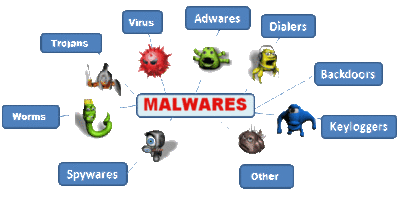Reducing the Chances of
The incidence of malware is increasing at an alarming rate. Between 2010 and 2011, malware infections increased by 40.9 percent, and 286 million incidents of malware were detected in 2010. By 2011, the recorded number of malware incidents had increased to 403 million!
Most primarily malware gets spread through infected web pages, and is less often spread via email attachments. Both large and small companies are affected by malware, since it slows the infected computers and compromises private information.
Although rare, some malware can lead to identity theft. Each year, many individuals discover that they are victims of identity theft. This is why it’s important to understand best practice for safe browsing so you can remain security aware.
Users may take a few steps to reduce their chances of contracting an infection through malware. Users should:
- Use strong, unique passwords for each secured account. Do not use the same password for multiple logins.
- Keep the web browser and operating system updated with security patches, hotfixes and updates.
- Use a reputable anti-virus application and keep the application updated with the most recent virus definitions.
- Use a firewall, spam filters on email accounts and an anti-spyware application.
- Never download files from an untrusted website.
- Use caution when opening email attachments.
- Make sure employees are trained to thwart malware infections.

Infographic presented by Inspired eLearning, providers of online security awareness training.

